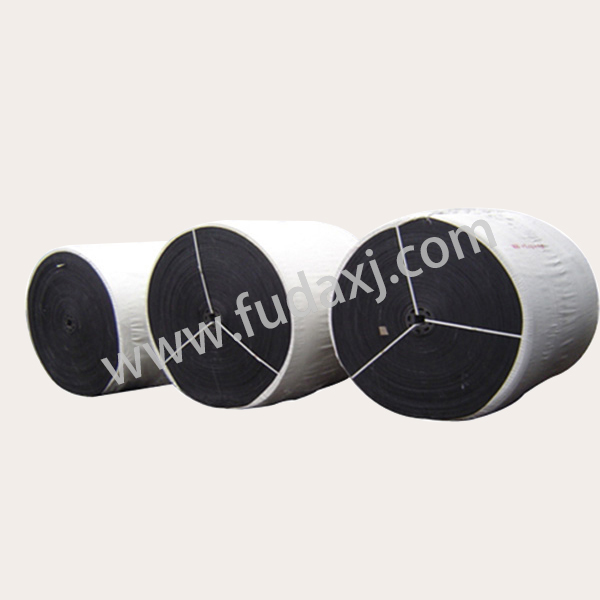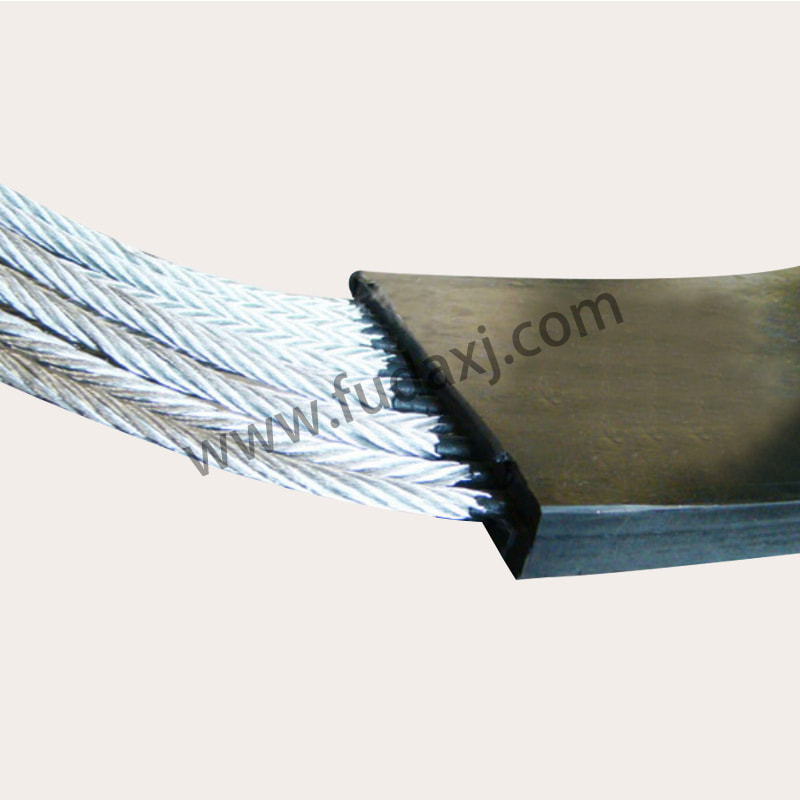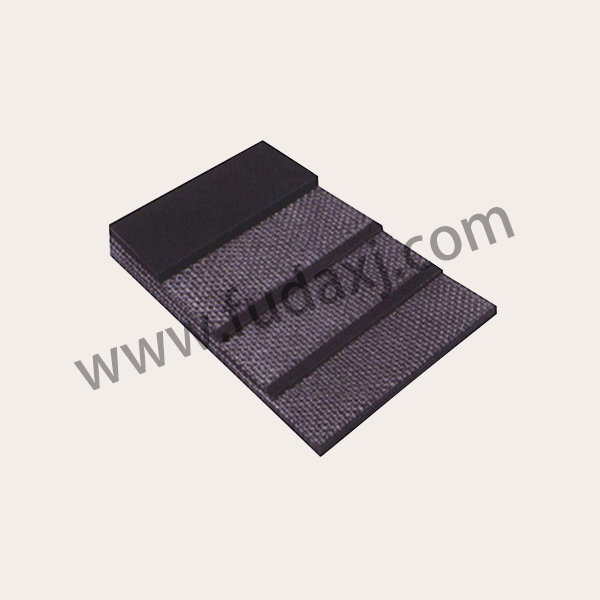
Conveyor belts are essential in various industries for material handling and transportation. Among the many types available, EPDM (Ethylene Propylene Diene Monomer) conveyor belts stand out for their resistance to environmental factors such as heat, chemicals, and weathering. These belts are widely used in demanding industrial applications where durability and stability are required.
EPDM conveyor belts are manufactured using a blend of synthetic rubber, reinforcing layers, and other materials that enhance performance. The primary component, EPDM rubber, is known for its resistance to bad temperatures and exposure to chemicals. This makes it suitable for applications where other materials might degrade over time.
Some defining characteristics of EPDM conveyor belts include:
Heat Resistance: Designed to function in high-temperature environments, reducing the risk of premature wear.
Weather Durability: Resistant to UV rays, ozone, and moisture, making them suitable for outdoor use.
Chemical Stability: Can withstand exposure to oils, acids, and alkalis without significant deterioration.
Flexibility and Strength: Maintains elasticity and mechanical stability even under heavy loads.
These features allow EPDM conveyor belts to operate efficiently in industries requiring consistent and reliable material movement.
EPDM conveyor belts are widely used in various sectors due to their resilience and adaptability. Some notable applications include:
Factories and production plants often rely on conveyor systems to move raw materials and finished products efficiently. EPDM conveyor belts are favored in these environments for their ability to handle abrasive materials while maintaining structural integrity.
In mining operations, conveyor belts transport minerals, ores, and aggregates over long distances. The high resistance of EPDM to heat and chemicals makes it ideal for handling materials that generate friction and dust.
Power plants require reliable conveyor systems to transport coal, biomass, or other energy resources. EPDM conveyor belts are suitable for these operations as they resist the thermal effects of transporting heated or combustible materials.
In food production, conveyor belts must be resistant to moisture, oils, and temperature variations. EPDM belts provide a stable surface for moving food products and agricultural goods without compromising hygiene or durability.
Recycling facilities use conveyor systems to separate and transport different materials. EPDM belts offer resistance to wear and exposure to various waste products, ensuring long-term usability in these demanding settings.
Industries choose EPDM conveyor belts for several practical reasons:
Long Service Life: Resistant to degradation, extending operational life.
Low Maintenance Needs: small upkeep due to resistance to environmental damage.
Adaptability: Can be customized in thickness, width, and reinforcement for specific applications.
Energy Efficiency: Some variations are designed to reduce energy consumption in conveyor systems.
These benefits contribute to improved productivity and cost efficiency in industrial applications.
When selecting an EPDM conveyor belt, factors such as belt width, thickness, load capacity, and environmental conditions should be considered.
To maintain EPDM conveyor belts:
Regular Inspections – Checking for signs of wear, cracks, or misalignment helps prevent unexpected failures.
Proper Cleaning – Removing debris and residue smalls friction and reduces the risk of material buildup.
Tension Adjustment – Ensuring correct belt tension prevents unnecessary strain and prolongs service life.
Environmental Protection – While EPDM is resistant to many elements, storing spare belts in controlled environments can enhance their lifespan.
Proper maintenance ensures reliable performance, reducing downtime and operational disruptions.
EPDM conveyor belts offer a balance of durability, flexibility, and resistance to harsh conditions, making them a preferred choice in industries requiring efficient material handling. Their ability to withstand high temperatures, chemicals, and environmental exposure ensures reliability in various applications.
 English
English 简体中文
简体中文 Español
Español عرب
عرب
 English
English





 Fax: 0086-576-83019528
Fax: 0086-576-83019528